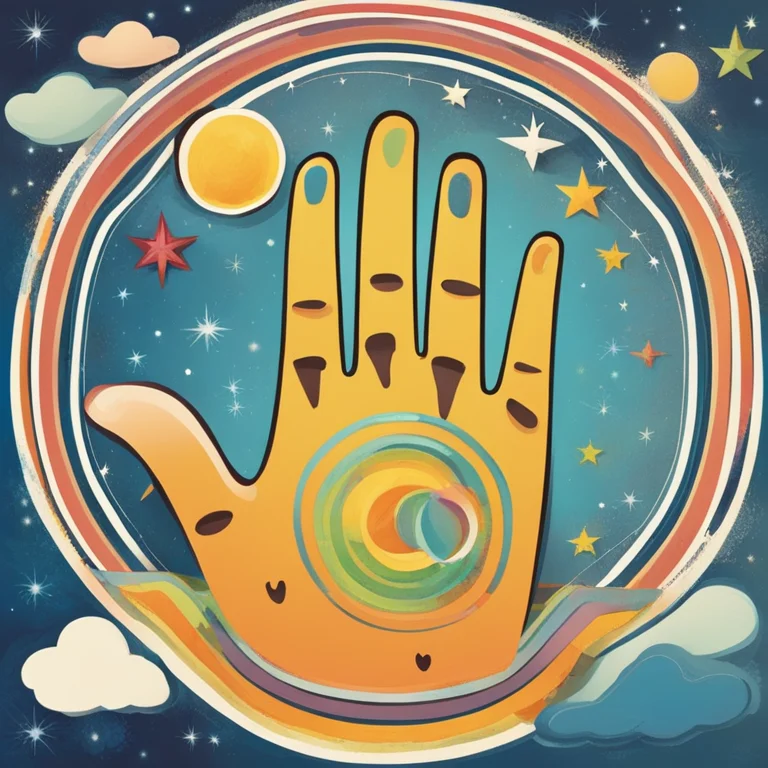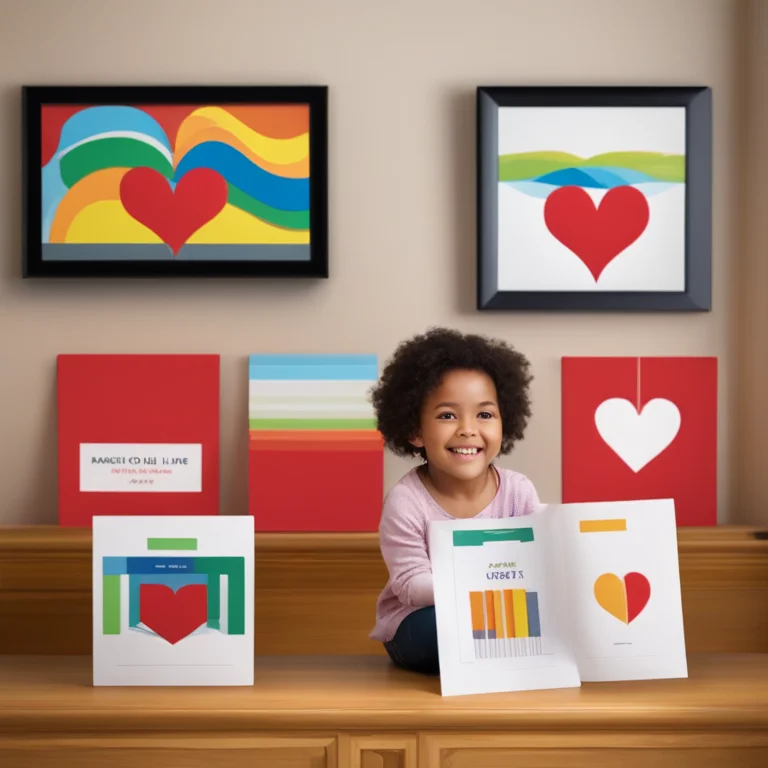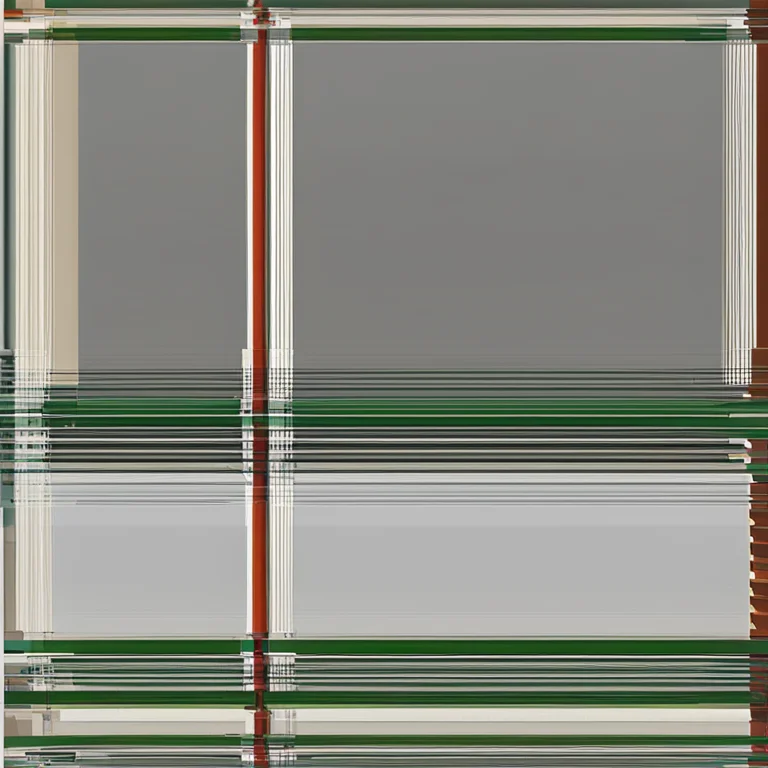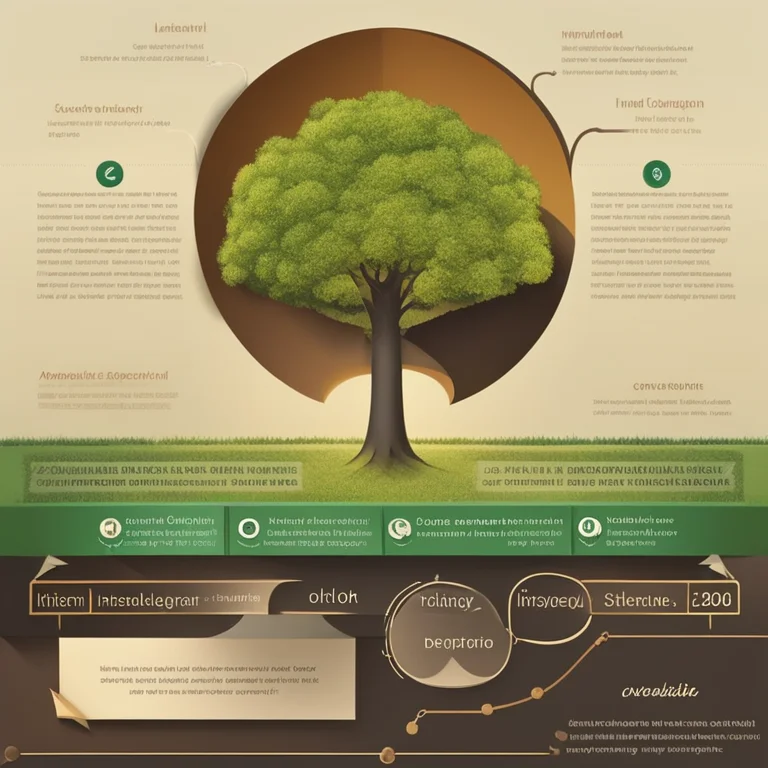
Reading Palm Lines for Predicting Child Potential
Discover the art of palmistry as it relates to children by learning how to interpret their palm lines for potential insights into their personalities and futures.
article by Nora Pennington
Introduction to Palmistry for Children
Palmistry has been practiced for centuries to glean insights about a person's character and future – and this includes children. By examining a child's palm, you can potentially forecast several aspects about their personality, talents, and experiences they might encounter. It's important to note that palmistry is an interpretative art and not an exact science, so readings should be taken with an open mind and a sense of curiosity. Before we proceed, ensure that you approach the readings from a place of support and positivity, aiming to guide a child's potential rather than predetermine their path.

The Heart Line and Emotional Development
When reading a child's palm, start with the heart line. It begins under the pinky finger and runs horizontally across the upper part of the palm. A clear and deep heart line suggests a child with strong and secure emotional development. If the line has breaks or is short, it may indicate emotional fragility or challenges in expressing feelings. Look for smaller lines that touch the heart line, as these can represent significant emotional experiences the child may encounter.

The Head Line and Intellectual Growth
The head line denotes intellectual development and cognitive processes. It is found below the heart line, stretching across the palm. A straight and unbroken head line often points to a practical and structured thinker. In contrast, a wavy or shallow head line might suggest a more imaginative or spontaneous approach to thinking. For children, the length and depth of this line can change as they grow and their cognitive abilities develop, so it's seen as a marker of their evolving intellect.

The Life Line and Vitality
Children's life lines, which arch around the thumb, give insights into their general vitality and life force. A strong, deep life line can signal robust health and energy, whereas a faint or disjointed life line might indicate periods of growth or development that require support or attention. As children's bodies and circumstances change rapidly, their life lines may also evolve, reflecting their dynamic journey through childhood.

The Fate Line and Life Path
Not all children will have a visible fate line, which is often seen running vertically from the base of the palm towards the middle finger. The presence of a fate line can sometimes denote a sense of life direction or purpose, even early on in life. It's intriguing to observe this line as the child grows, watching for changes that might suggest shifts in their sense of destiny or place in the world.
Lines of Influence and External Factors
Aside from the primary lines, smaller lines crisscrossing the palm are known as lines of influence. These lines may represent external people or events that will have an impact on the child's life. Understanding these lines requires a nuanced approach, considering their length, depth, and relation to other lines for a more holistic interpretation of the child's interactions with the world around them.
Ethical Considerations in Child Palmistry
When carrying out palm readings for children, it's vital to maintain ethical standards. Palmistry for children should empower and support their growth, never causing alarm or concern. Always ensure that any insights you share are framed constructively and encourage positive reinforcement for the child.
Published: 1/10/2024
Modified: 1/10/2024
More predictions
Come back here soon to learn more about yourself and your future


The Essence of Palmistry: Insights into Your Palm
Delve into the fascinating world of palmistry and discover what the lines on your palm reveal about your life path and personality, with contemporary relevance for the modern seekers.


The Secrets of Hand Analysis
Delve into the intriguing world of palm reading and discover the hidden aspects of your personality through the lines and shapes in the palms of your hands.


The Art of Hand Analysis
Discover the insights of palmistry through our article on hand analysis – your guide to the lines and shapes that reveal life's secrets.